CHICO — After the most recent storm systems came with a significant amount of precipitation, the California Department of Water Resources announced Wednesday that it would be upping its allocation to the State Water Project from 10% to 15%.
In the announcement, DWR Director Karla Nemeth said assessments will continue over the remainder of the rainy season to determine if additional increases are possible. This increase means an additional 200,000 for the State Water Project.
“We will continue to assess our State Water Project allocation forecast as more storms materialize in February and March,” Nemeth said. “This season is an important reminder of our extreme conditions and shift to bigger, flashier storms and the need to continue increasing the state’s ability to capture and store stormwater when it comes as rain instead of snow.”
According to DWR’s release, the total California snowpack was at 86% of the state’s yearly average as of Wednesday, but only 69% of the average for April 1, typically the peak date of the seasonal snowpack.
“While California has seen a series of winter storms the past two months, those storms have been warmer and brought historic rainfall to Southern California,” the announcement reads. “Northern California, the headwaters of the State Water Project, has seen less of a benefit from these storms and precipitation for that region was below average.”
DWR spokesperson Raquel Borrayo said the announcement only considers water totals up to Feb. 1.
“With both the snowpack and precipitation closer to average as of today, the State Water Project will be looking at an update in mid-March based on those conditions,” Borrayo said. “Several conditions such as reservoir storage, environmental requirements, precipitation, snowpack, runoff and State Water Project water supply demands are factored to determine water allocations. Allocations also take into account forecasted spring runoff outlined in reports from our weather forecasting team, including the Bulletin 120. The (Bulletin 120) is a key tool for water managers across the state to understand how the melting Sierra Nevada snowpack will reach streams, rivers and eventually California reservoirs.”
Borrayo went on to say the recent storm systems bolstered the northern Sierra Nevada snowpack, putting the location at 98% of the average for this time of year..
“The Northern Sierra snowpack benefited from recent storms and is much closer to average for this date, but the Southern Sierra remains only 78% of average due to the high snow elevations of recent storms, causing more precipitation to fall as rain rather than snow,” Borrayo said.
The water allocation is specific to the state and its contractors and likely won’t affect many of the local agencies.
Sean Early, general manager for the Richvale Irrigation District, said the change won’t affect his district.
“It won’t affect us at all, we’re going to be at 100% this year,” Earley said.
Butte County Water and Resource Conservation Director Kamie Loeser said the water will be going to long-term contractors associated with the project and won’t directly affect her department.
Borrayo said more information will be released once it is known, likely in March.
“While California’s surface water supplies are in much better position now than two years ago, thanks in part to efforts to capture as much water as possible from recent storms in our reservoirs and below ground in our aquifers, March will be a critical transition month as California moves out of the wettest months of the year,” Borrayo said. “The statewide snowpack is only 70% of its typical April 1 peak. If there are extended dry periods between now and the end of the season, the snowpack could still end the year significantly below average.”
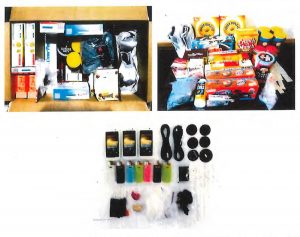

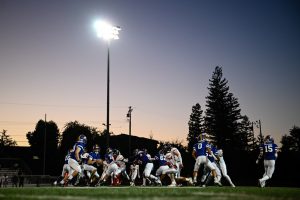

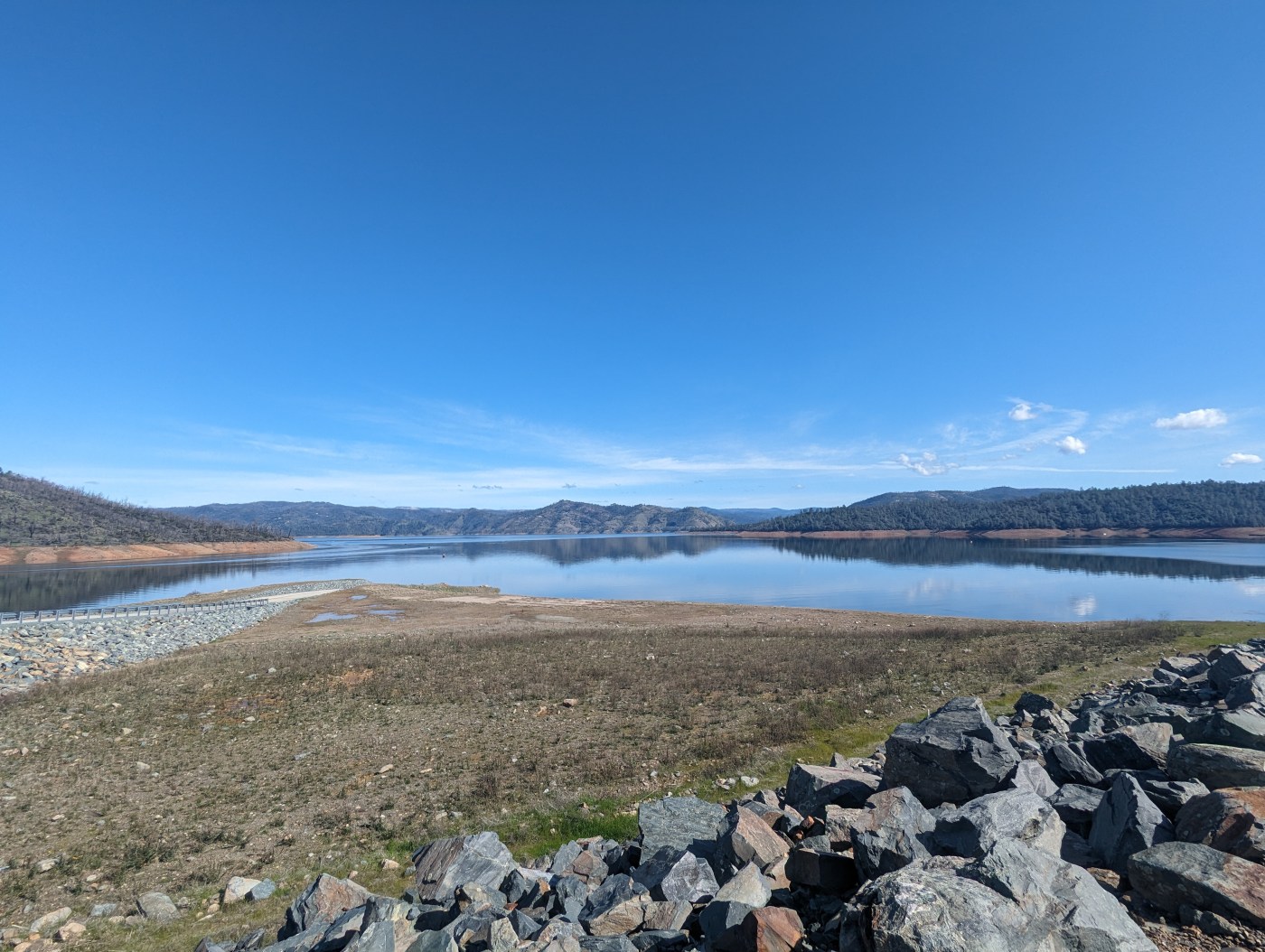
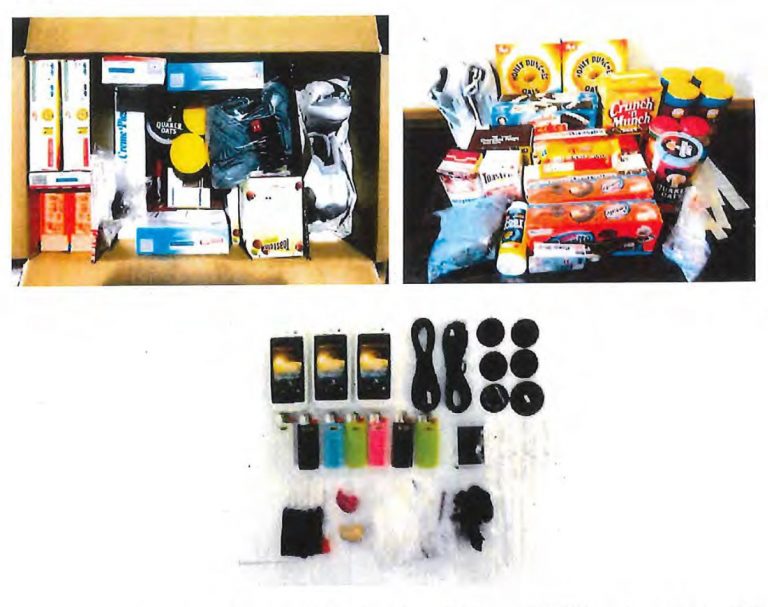
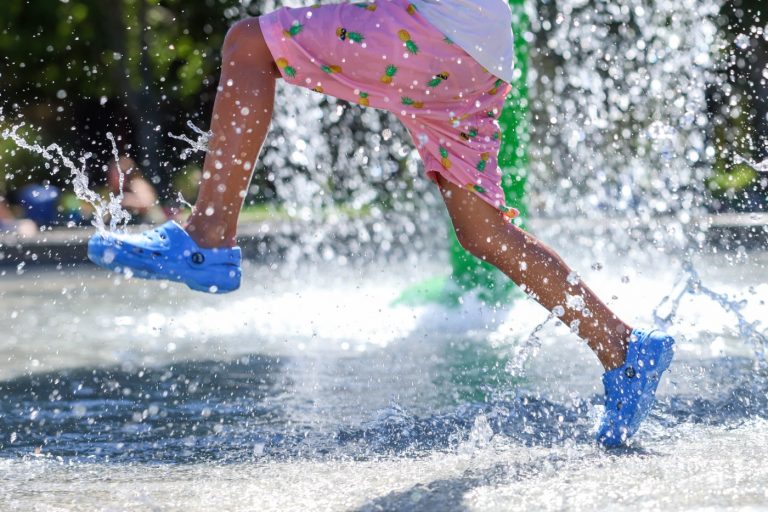
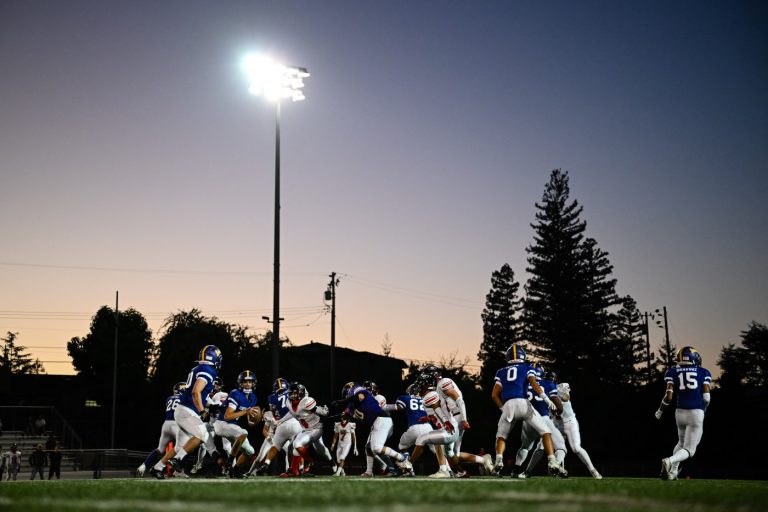



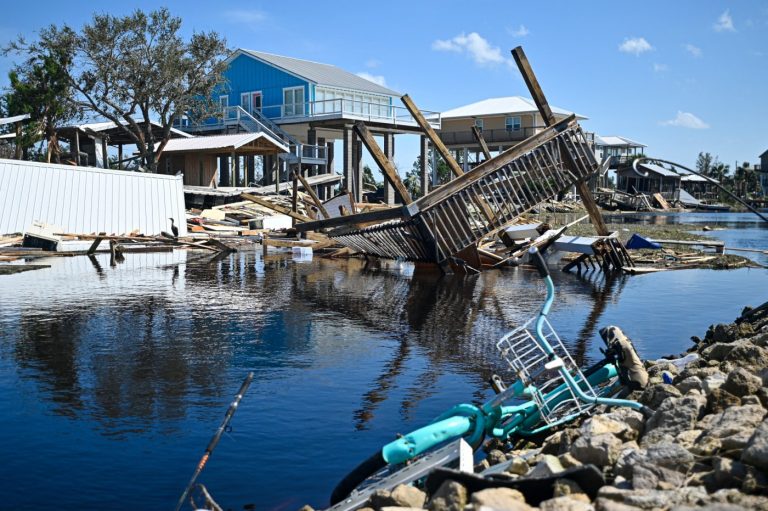

+ There are no comments
Add yours